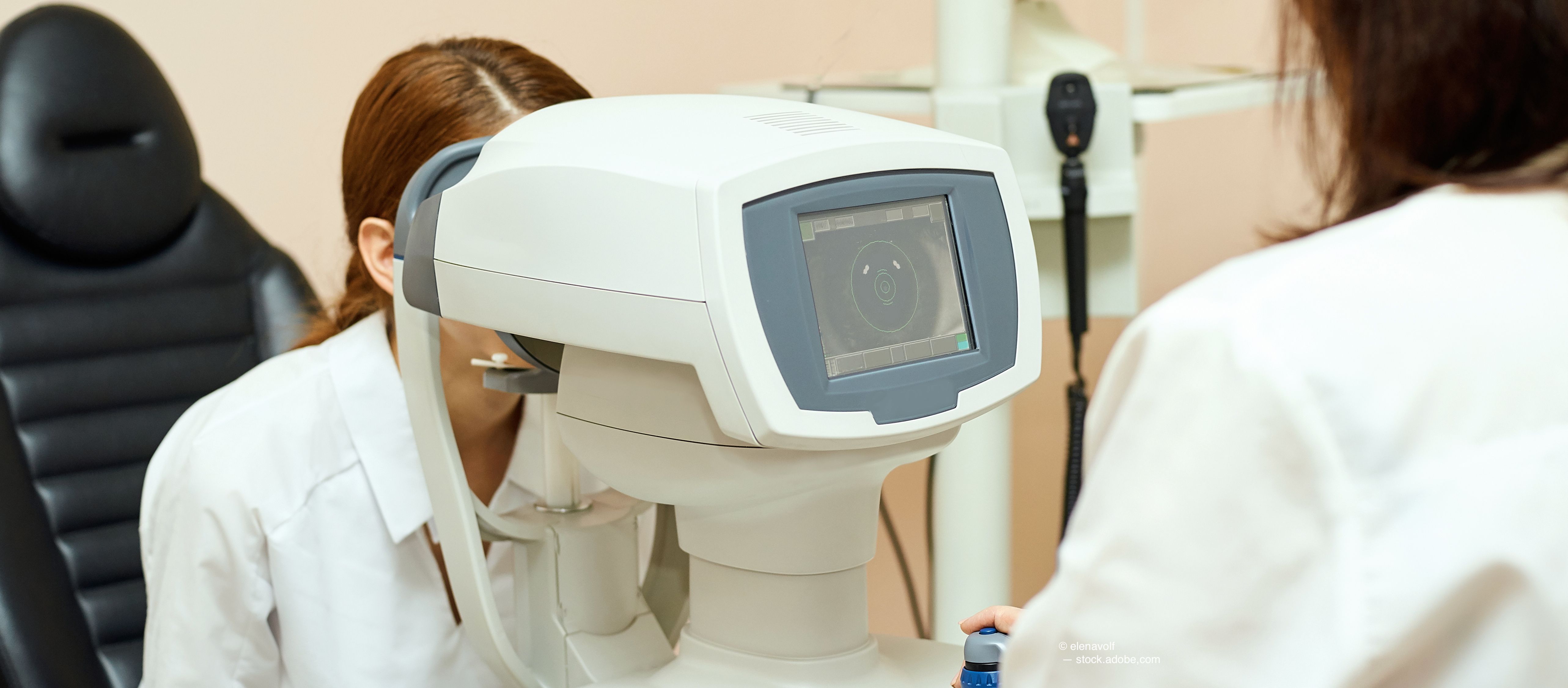Publication
Article
Digital Edition
Postoperative prediction of OCT using conditional generative adversarial network
Author(s):
Proposal hints at the use of generative adversarial network (GAN) for applications in macular surgery

Reviewed by Samir Touma, MD
Another entry in the Lions’ Lair retina research competition during the 2021 Canadian Ophthalmological Society Annual Meeting and Exhibition featured a proposal for a conditional generative adversarial network (GAN) that can assist with the postoperative prediction of OCT in macular surgery.
Samir Touma, MD, a second-year resident in ophthalmology at the University of Montreal in Montreal, Quebec, presented the pitch, and described the potential use of a GAN.
This is a type of machine learning that can be trained to generate synthetic data and could be employed for applications, such as macular hole (MH) repair and epiretinal membrane (ERM) peel in macular surgery.
Related: Pearls for optimizing patient outcomes of macular surgery
“Macular surgery deals with the management of surgical pathologies of the macula, such as macular hole repair and epiretinal membrane peel,” Touma said. “Preoperative evaluation is heavily reliant on OCT imaging to highlight the anatomic anomalies that lead to vision loss.”
A multitude of OCT parameters have been devised to predict the postoperative success in visual acuity, according to Touma.
“A simpler and perhaps more robust technique would be to use the entire preoperative OCT image to predict the postoperative OCT appearance and perhaps have, for the first time, access to anatomical-level prediction,” he said.
Touma also explained how a GAN works, outlining that the model in a GAN learns the regularities, or patterns, in input data in such a way that the model can be used to generate new examples that plausibly could have been drawn from the original data set.
“The main objective of the project is to develop a GAN model to generate postoperative OCT images based on paired preoperative and postoperative OCT images of patients who underwent macular surgery for either ERM removal or MH repair,” Touma said. “We want to evaluate the predictive accuracy of GAN algorithms for predicting postoperative OCT imaging. We also want to compare various GAN architectures for the prediction of postoperative OCT imaging, and to test the clinical utility of this as a patient education tool.”
Related: Macular OCT imaging is vital in work-up of cataract surgery patients
Touma and colleagues conducted a retrospective cohort study to demonstrate how the model would work.
The study involved a sample of 300 surgical cases that contained 150 MH repairs and 150 ERM removals.
For each case, there were 3 spectral-domain OCT volume scans—immediate preoperative, immediate postoperative, and 1 at the last available follow-up.
The architecture of the GAN model includes a training set composed of real preoperative images that are fed to the discriminator.
On the other hand, the generator produces synthetic images that are also sent to the discriminator, which needs to differentiate the real from the generated images. Fine-tuning is done throughout the training.
To evaluate the model, 4 different experiments will be conducted. The first experiment will focus on interpretability where panelists will be asked whether the generated OCT image is suitable for clinical interpretation, explained Touma.
Related: Swept-source OCT imaging assists dry AMD treatment
In the second experiment, which focuses on discrimination, 3 retinal specialists will be shown real and generated images simultaneously and asked to select which is the real image and which is the generated image.
Experiment 3 looks at treatment success. In this experiment, retinal specialists will be shown a real preoperative image and the generated postoperative image, and they will indicate whether it is a successful result, Touma explained.
In the fourth experiment, investigators will look at predictive ability, according to Touma.
“The panelists will be shown a real preoperative OCT image and its generated postoperative counterpart, as well as preoperative patient visual acuity,” Touma said. “Retinal specialists will be asked to predict final visual acuity.”
The availability of potential postoperative images on OCT may help to manage patient expectations, Touma pointed out.
“Patients will be able to visualize the postoperative appearance of their OCT image,” he said.
Related: Early outer retinal findings on en face and cross-sectional OCT
Touma noted that in this current iteration of the machine learning model, images from a single, vitreoretinal surgeon will be included, but added that he and coinvestigators will build on the model, and images from more surgeons will be incorporated into the model as well.
In a discussion with the Lions that followed the pitch, Touma noted that postoperative visual acuity is not part of the algorithm.
The ultimate goal of the project is to gain knowledge and expertise in the use of GANs for ophthalmic images, according to Touma.
“[The GAN] could then be used to perform data augmentation, where generated data could augment existing data sets, [which is] especially useful in the case of rare conditions,” he said.
--
Samir Touma, MD
E: Samir.touma@umontreal.ca
Touma has no financial disclosures related to this content.

Newsletter
Don’t miss out—get Ophthalmology Times updates on the latest clinical advancements and expert interviews, straight to your inbox.




